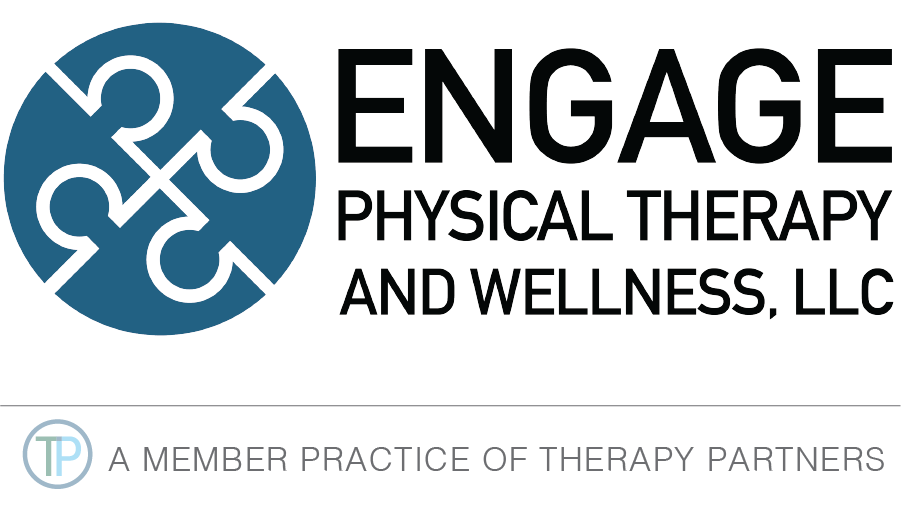Is it Time to ReFrame How we think about Arthritis-Words and Behaviors that Harm?
Words can influence how we think and act.
For a lot of non- traumatic musculoskeletal pain, the anatomy does not explain it all. Structural changes we see on images are present in painfree individuals. , is driving surgical decisions. At the same time repairing, resurfacing and replacing structures too early, or perhaps unneccessarily, is coming under critisism. This is not to say surgery is never necessary, but a conservative approach is worth exploring, as it can often be successful.
Exercise has gotten a bad rap around arthritis. Exercise is THE most effective treatment for early to mid stage arthritis. Exercise will not harm articular cartilage, the cartilage that lines the surface of your joint, and if anything might improve articular cartilage health.
Radiographic arthritis ( what we see on a picture) and clinical arthritis can be two different things that do not always match up. There is a large set of the population that may show signs of arthritis on imaging and have no pain whatsoever. Pain is complex and multifactorial, and we sometimes assume we know what is driving our pain. While everyone wants to know what is wrong with their knee or hip or other areas of the body, placing unneccesary labels and words that harm, like "degenerative", " bone on bone", " worst x-ray I have ever seen" , sets up a story for us that we are damaged and should not overdo, or do anything. Words have the ability to change how we think and how we move, and that may ultimately be less helpful.
In addition, the worry and distress of living with a chronic condition, leads us to seek answers on the internet, from friends or other sources. This can be a challenge in the world of online misinformation and often confirms for someone, what may or may not be true or helpful. It also leads to discovery of promising treatments, that are often passive, and don’t really provide long term solutions.
If we managed arthritis like other chronic diseases, like diabetes for example, we would undertand that arthritis is influenced by many interacting factors. Factors like genetics, psychological, physical, social, and lifestyle factors, as well as other illnesses, may be why some people have joint changes over others, as well as why some people have pain in the face of arthritis, and others don’t. It’s not just wear and tear anymore.
For this reason, a good plan for managing, not curing arthritis, should include understanding the person in front of you, sitting down and creating a mutual plan that addresses good sleep, diet, stress management and movement. The profound benefits of engaging in a graduated program of physical activity cannot be emphasized enough. This will look different for everyone and needs to be approached with empathy, guidance and support.
We can be more resilient than we are sometimes led to believe. There is no magic cure, and there is overwhelming research to support a partnership that involves the individual mastering some self management. In the long run, this provides the best shot for good outcomes that don’t immediately have to involve surgery.
Words are of course, the most powerful drug used by mankind.” Rudyard Kipling


